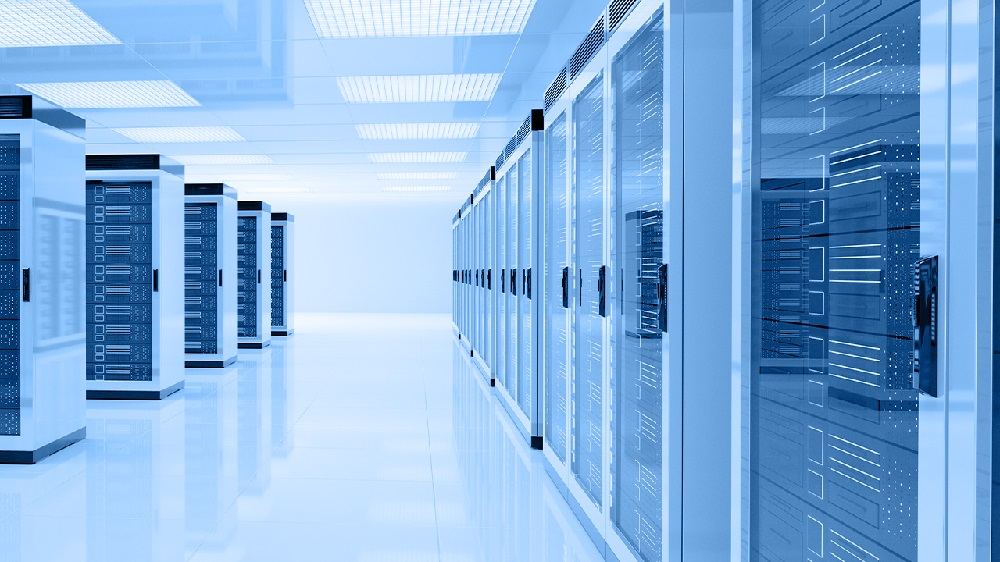Computer Room Air Conditioner (CRAC) units are specialized air conditioning systems designed to maintain precise temperature and humidity levels in data centers and other critical IT environments. These units are a crucial component of any data center cooling system, helping to prevent equipment failures and ensure optimal performance.
In this article, we will take a closer look at CRAC units, including what they are, how they work, their benefits, and where they are most commonly used.
What are CRAC Units?
CRAC units are specialized air conditioning systems designed to provide precise temperature and humidity control in data centers and other critical IT environments. They are typically used in conjunction with other cooling systems, such as water cooling or direct expansion (DX) systems, to provide a comprehensive cooling solution.
CRAC units are designed to maintain tight temperature and humidity tolerances, typically within 1 degree Celsius and 5 percent humidity. They are often equipped with advanced control systems, such as microprocessors and sensors, to monitor and adjust the temperature and humidity levels in real-time.
How Do CRAC Units Work?
CRAC units work by circulating cold air through the data center, removing heat from the equipment and returning the warm air back to the unit for cooling. The units use a combination of cooling and dehumidification to maintain precise temperature and humidity levels.
The basic components of a CRAC unit include:
Compressor: This is the primary component of the unit, responsible for compressing and circulating refrigerant through the system.
Evaporator: This component is responsible for absorbing heat from the air, reducing the temperature and humidity levels.
Condenser: This component is responsible for releasing heat from the refrigerant, allowing it to cool down and circulate through the system again.
Air distribution system: This system distributes the cooled and dehumidified air throughout the data center.
CRAC units can be configured in a variety of ways, including as perimeter or in-row configurations. Perimeter units are typically located around the perimeter of the data center, while in-row units are located directly next to the equipment they are cooling.
Benefits of CRAC Units
There are several key benefits to using CRAC units in data centers and other critical IT environments. Some of the most significant advantages include:
Improved equipment performance: CRAC units help to maintain optimal temperature and humidity levels, which can help to prevent equipment failures and ensure optimal performance.
Increased energy efficiency: CRAC units are designed to be highly efficient, with advanced features that help to optimize energy consumption and reduce operating costs.
Enhanced equipment lifespan: By maintaining precise temperature and humidity levels, CRAC units can help to extend the lifespan of sensitive equipment.
Improved uptime: With precise temperature and humidity control, CRAC units can help to reduce downtime due to equipment failures or malfunctions.
Where are CRAC Units Used?
CRAC units are commonly used in data centers and other critical IT environments. These include:
Data centers: Data centers require precise temperature and humidity control to prevent equipment failures and ensure optimal performance.
Telecommunications facilities: Telecommunications facilities require precise temperature and humidity control to maintain optimal network performance.
Server rooms: Server rooms require precise temperature and humidity control to prevent equipment failures and ensure optimal performance.
Laboratories: Laboratories require precise temperature and humidity control to ensure accurate test results and protect sensitive equipment.
Overall, CRAC units are a crucial component of any data center cooling system, providing precise temperature and humidity control to prevent equipment failures and ensure optimal performance. They offer several key benefits, including improved equipment performance, increased energy efficiency, enhanced equipment lifespan, and improved uptime. CRAC units are commonly used in data centers, telecommunications facilities, server rooms, and laboratories, among other critical IT environments. With their advanced features and precise control, CRAC units are a critical tool for ensuring optimal performance and protecting sensitive equipment in critical IT environments.

